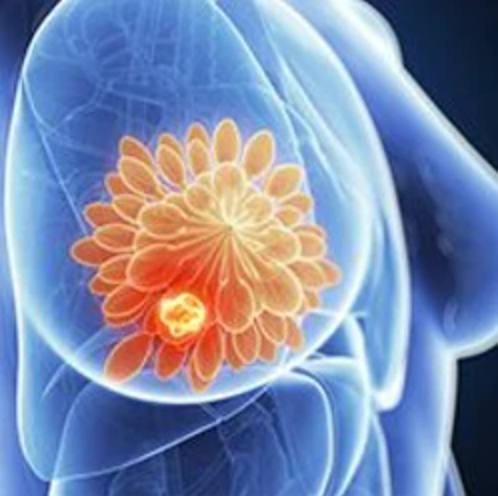Video
Dr. Agarwal on the Efficacy of Talazoparib Plus Enzalutamide in First-line mCRPC
Author(s):
Neeraj Agarwal, MD, discusses the efficacy of talazoparib plus enzalutamide in first-line metastatic castration-resistant prostate cancer.
Neeraj Agarwal, MD, professor of medicine, the presidential endowed chair of Cancer Research, the Huntsman Cancer Institute at the University of Utah, discusses the efficacy of talazoparib (Talzenna) plus enzalutamide (Xtandi) in first-line metastatic castration-resistant prostate cancer (mCRPC).
Data from the primary analysis of the phase 3 TALAPRO-2 trial (NCT03395197) were shared at the 2023 Genitourinary Cancers Symposium which demonstrated that treatment with talazoparib plus enzalutamide reduced the risk of progression or death by 37% vs enzalutamide plus placebo, as assessed by blinded independent central review (HR, 0.63; 95% CI, 0.51-0.78; P < .001). The median radiographic progression-free survival (rPFS) was 21.9 months (95% CI, 16.6-25.1) for patients in the placebo arm (n = 403) and was not reached (NR; 95% CI, 27.5-NR) in the combination arm (n = 402).
The primary end point of TALAPRO-2 was rPFS, and key secondary end points included time to cytotoxic chemotherapy, time to prostate-specific antigen progression, time to deterioration in quality of life, and overall survival, Agarwal starts. Moreover, the 37% reduction in the risk of progression or death was statistically significant and favored the combination of talazoparib plus enzalutamide, Agarwal explains. Notably, a similar hazard ratio was observed in the investigator-assessed review of rPFS, Agarwal notes.
Despite enzalutamide being very active in this disease setting, which was evident by the rPFS of 21.9 months, talazoparib plus enzalutamide showed more beneficial responses, Agarwal emphasizes.
Looking at other meaningful secondary end points, there was a 9.2-month improvement in time to PSA progression, Agarwal continues. The median PSA progression was 26.7 months (95% CI, 21.2-30.4) in the talazoparib arm and 17.5 months (95% CI, 14.1-20.8) in the placebo arm (HR, 0.72; 95% CI, 0.58-0.89; P = .002). Moreover, time to cytotoxic chemotherapy and time to progression or death on first subsequent antineoplastic therapy were both significantly improved with the combination arm, Agarwal concludes.









